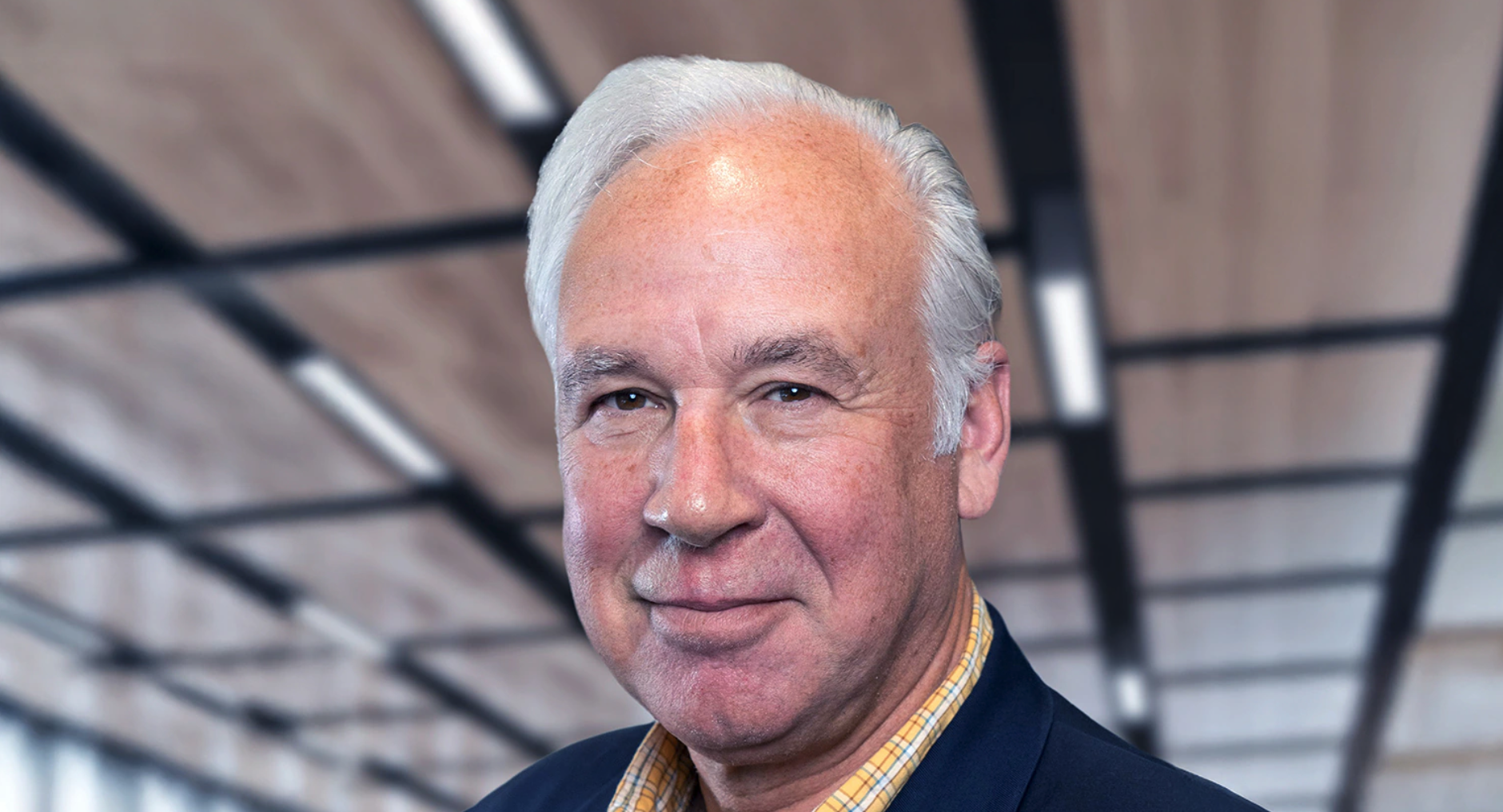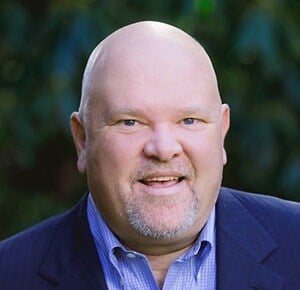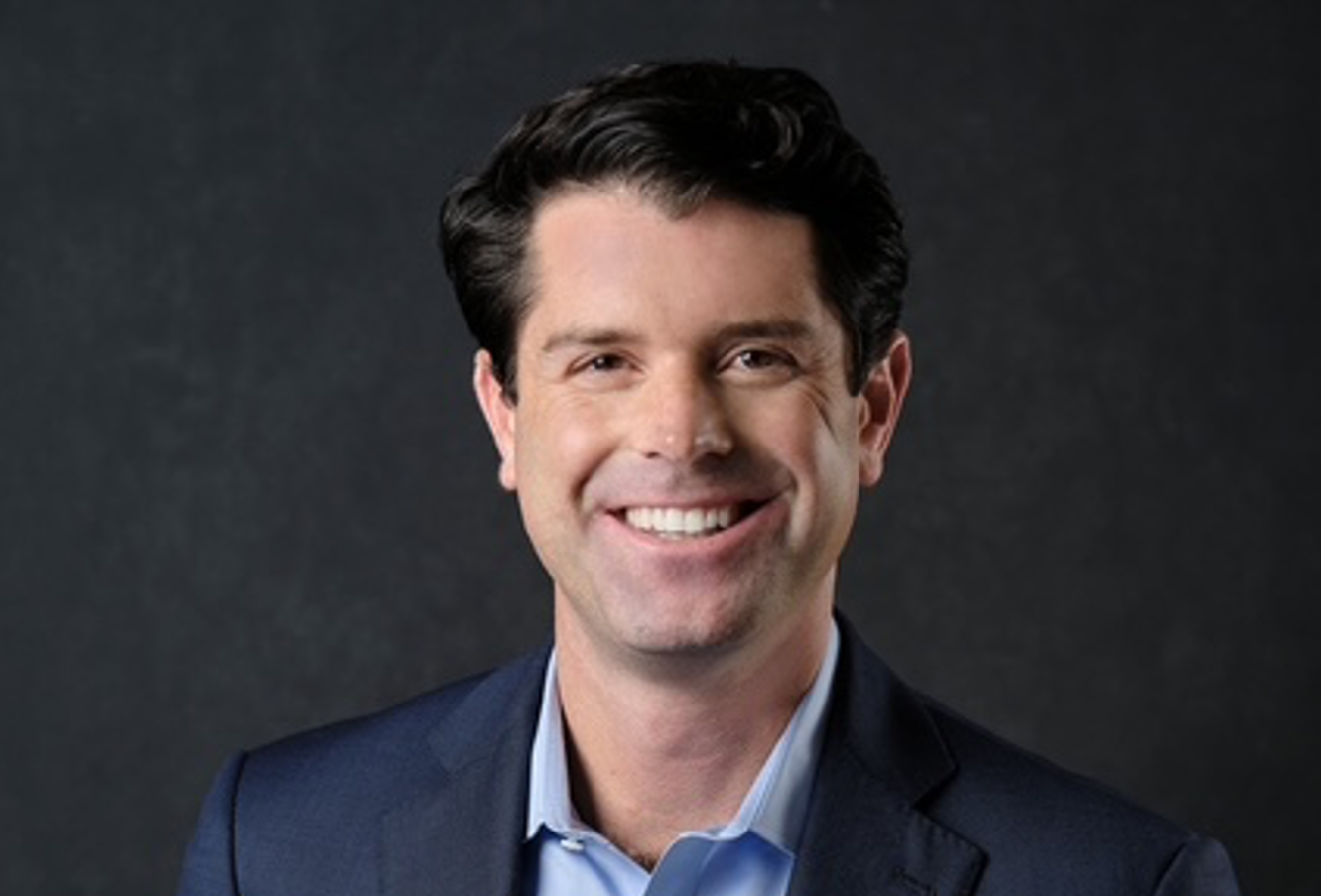CEO Chat: Paul Kusserow

BOOK: The Coming Healthcare Revolution: 10 Forces That Will Cure America's Health Crisis
publication Date: November 13, 2024
co-Author: paul Kusserow (with David W. Johnson)
Henri Cattier, FinMed Partners: The U.S. healthcare system has so many competing interests. One party’s cost is another’s revenue. And it’s so deeply set in its current approaches. Look at the slow pace of shifting to value-based care. How do we achieve radical change in that environment?
Paul Kusserow: The U.S. healthcare system is dialectical or contradictory in its construction. In its present state there will always be conflict. The indisputable facts are pretty damning though. Out of the OECD countries (countries whose economies can be compared to ours) we have the worst health outcomes and are the most expensive per capita by almost 2x. With an aging population this formula will break our economy. My co-author, Dave Johnson, was one of the inventors of the Healthcare Affordability Index. We calculated that at present the average American family spends 32% of everything it makes on healthcare compared to an average of 10% of the rest of the OECD. Inflation will be in the high single or double digits for this year and the near future—outpacing any real income growth. Healthcare is sucking away most if not all the disposable income of American families and the product is poor. At some point consumers will reject it and demand alternatives. We think the tipping point is now or very close.
HC: Despite past efforts to remove the hospital as a central hub of the U.S. healthcare system, hospitals and large health systems still dominate the healthcare landscape. Who are the other players who will help to create a more balanced power dynamic for patient care delivery?
PK: What made us great 100 years ago is now threatening to sink us. Hospitals. The country’s population has changed considerably over the past 100 years, and its health has changed with it. As a population we are 90% chronically ill and most cases of chronic illness do not demand hospitalization. Hospitals as a default for the chronically ill is an economic and care disaster. Payers understand this and have been working to push care outside of hospitals. They are investing in and encouraging their members to use ambulatory and ancillary services when they can. The government is gradually allowing these sites to do more and more. Hospitals are fighting this, but many are quietly building clinics, diagnostic centers and other ambulatory services knowing that eventually they will lose this fight. Consumers also want to stay outside of hospitals for their safety and because hospital services are so much more expensive. Given the choice, more consumers will be receiving care at alternative sites.
HC: Do you believe direct financial or non-financial incentives (such as premium reductions, cash rewards, or enhanced benefits) could be effective in motivating consumers to participate in disease management and prevention programs?
PK: The U.S. has the best, most sophisticated consumers in the world. Shopping in the U.S. healthcare system has never been easy or transparent, but it is becoming increasingly better because as we talked about previously, the stakes are so high. With 8 out of 10 bankruptcies for U.S. citizens over 65 being healthcare-related, Americans are paying attention. The irony is that 80% of the diseases that drive healthcare cost in this country are behaviorally driven. These diseases could be avoided or in many cases cured by modifying destructive behaviors—diet, smoking, alcohol and drug abuse, and lack of exercise. Driving behavioral modification is the Holy Grail of healthcare. The variety of motivations that drive destructive health behavior are numerous as are the drivers of change. Knowledge of the issue is a good first step as it was with smoking 70 years ago and should lead to finding the keys for sustainable behavioral change. Rewards and benefits help, but consumers now mostly know the issues. They just need to find ways to change their habits.









